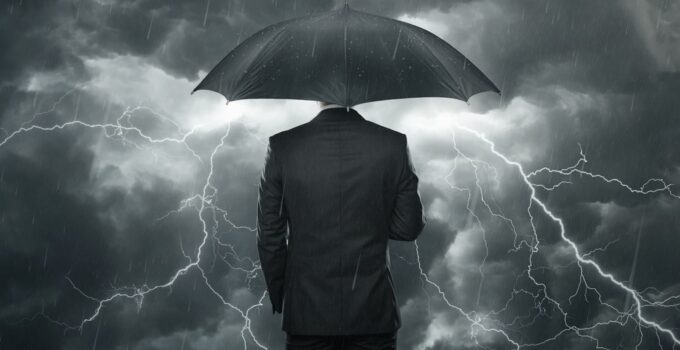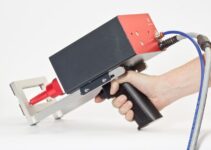Turning on the news, you can see that natural disasters are happening all across the country. Tornadoes appear in an instant, tear through towns and disappear soon after, leaving a trail of destruction. Floods turn paved streets into rushing rivers, submerging parked cars and basements in dirty water. Wildfires blaze through wooded areas and spread smoke to towns miles away.
These are devastating events that create massive property destruction, and that often lead to numerous injuries and fatalities. The consequences of the event can spread long after it has ended. Homes need rebuilding. Streets need cleaning. And, of course, small businesses need time and money to recover.
Page Contents
The Economic Costs of Natural Disasters
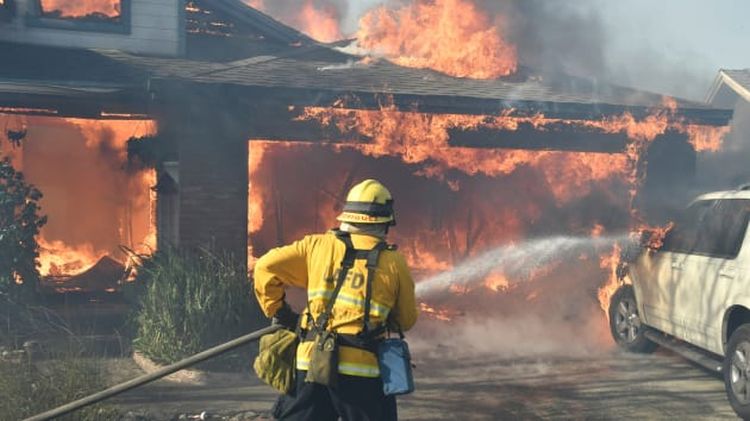
source:cnbc.com
The country loses billions of dollars in damages because of extreme weather. The biggest contributions to those economic losses in recent memory have been Hurricane Michael, Hurricane Florence, and the West Coast wildfires. These will be overshadowed by other disasters in the not-so-distant future. The country is sure to deal with many more tornadoes, earthquakes, fires and storms by the time 2024 is over.
Part of the economic loss comes from businesses that have to slow down or close their doors completely. They can’t afford to repair the damages made to their storefront. Or, they’re overwhelmed by backlog and overdue payments. Or, their customer-base disappears, since they’re too busy recovering from the damage made to their own homes. With no customers, there’s no cash flow. Unless the owner has an impressive amount of cash reserves on hand, they will go into debt until closing up feels like a financially-savvy solution.
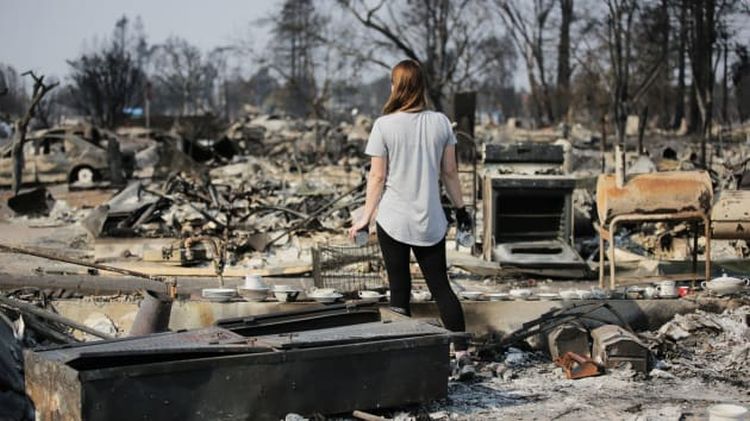
source:cnbc.com
The Federal Emergency Management Agency (FEMA) found that approximately 40% of small businesses never reopen after dealing with a natural disaster. Almost half of these operations completely disappear. One of the reasons behind this statistic is that the owners did not have any plans for this type of problem. They were caught off guard.
So, What Can Business Owners Do?
A homeowner that wants to protect their property from natural disasters will follow a few steps: they will take out insurance, save up money, build an emergency kit, and prepare their house for rough weather. Business owners should follow the same steps to protect their storefronts.
Get Covered:
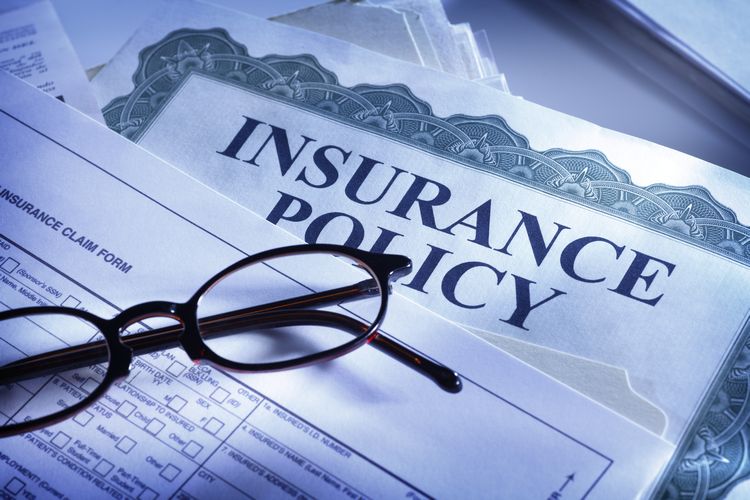
source:insurancevision.org
One of the first things that you can do is review your insurance coverage. And if you don’t have insurance, you need to get it as soon as possible. Make sure that you are covered for various types of property damage like wind damage and flooding. You don’t want to find out that your insurance package only covered water damage from sudden/accidental discharges — like broken pipes — and not overland flooding or sewage back-up.
You should also include business interruption insurance in your package. It can help cover lost income from a forced shutdown, like when you have to close up shop in the aftermath of a natural disaster. It could be incredibly useful during your recovery period.
Put Together an Emergency Fund:
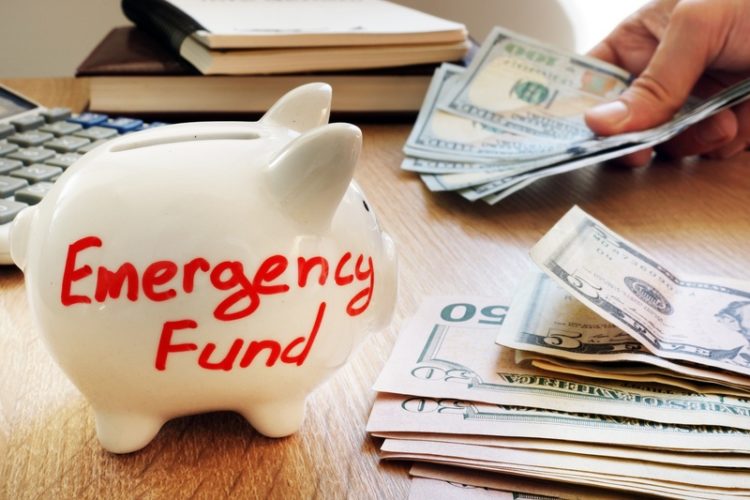
source:firstalliancecu.com
You should give yourself another financial back-up plan to cover the abrupt loss of income, along with any essential repairs and replacements. Start building an emergency fund in a savings account. Put some money in it every week, bit by bit. It will grow over time and eventually offer you relief during a difficult moment.
Put Together a Kit:
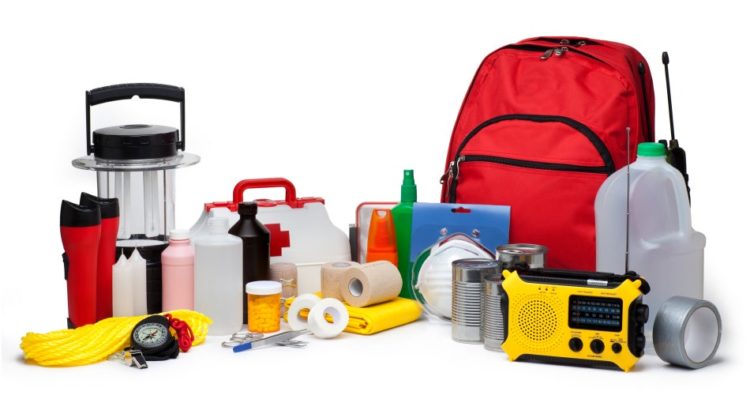
source:wunderground.com
Natural disasters don’t have good timing. You could be stuck at work when the worst of a storm hits. If that’s the case, you will need to have an emergency kit on hand to get through the ordeal. There should be at least one kit per employee. You don’t want to split a single kit between five people. Let every member of the staff know where the kits are stored so that they can reach them as quickly as possible.
What should be inside of the kit? According to FEMA, you should have the following items in a box or bag:
- Small first aid kit
- Bottled water
- Non-perishable foods
- Hand sanitizer
- Flashlight
- Batteries
- Phone charger
- Local map
- Radio
- Whistle
- Hand Warmers
- Gloves
Storm-Proof Your Business:
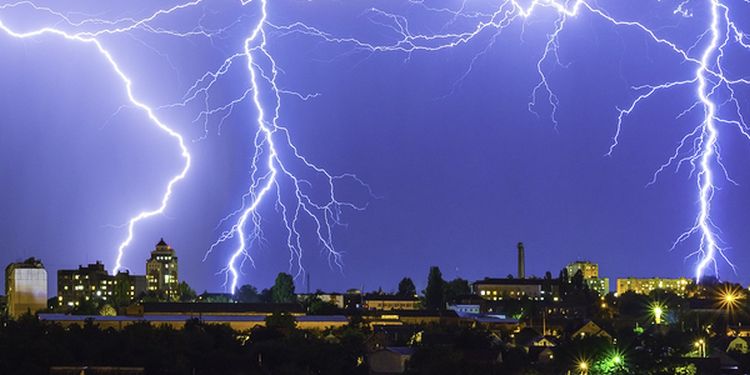
source:articles.bplans.com
A building can withstand certain natural disasters when it has the right features. For instance, if you’re in an area that’s vulnerable to flooding, you can invest in plumbing protections like a sump pump, a waterproof membrane and a backwater valve. If you’re in an area that often deals with hurricanes, you should get impact-resistant windows and doors installed. Or, you can get heavy-duty roll-shutters to protect your large storefront window from smashing.
Here are some more repairs and additions that could protect your building from disasters:
- Fixing cracks in the foundation
- Unclogging floor drains
- Setting up a back-up generator
- Getting surge protectors
- Replacing shingles with metal roofing
- Installing hurricane straps
- Putting in additional insulation

source:articles.bplans.com
If you don’t have the savings to cover these renovations, you should go to www.Firstdownfunding.com to get the financial support you need to make your business secure during terrible weather. You can get long-term funding to help make these important building improvements.
The alternative funding opportunity allows you to arrange these large changes without disturbing the regular cash flow of your business. You don’t have to sacrifice your productivity so that you can prepare for the worst-case scenario.
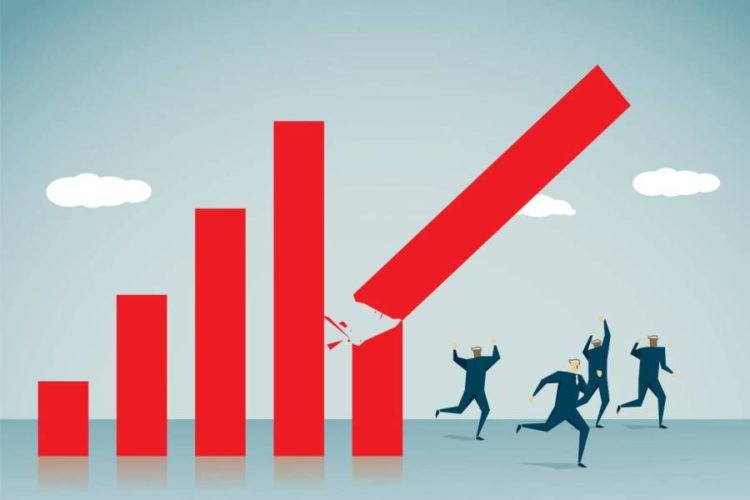
source:turnaroundscience.com
You can also use the funding to introduce other safety measures that you couldn’t access beforehand, like fully-stocked emergency kits for your entire staff. Or use it to back-up data that your business can’t afford to lose. Use a portion of the funds to subscribe to a cloud storage program and purchase additional hard drives for your office computers. Anything could help.
Experts believe that natural disasters are becoming more frequent and causing more damage because of climate change. This means that hurricanes are going to get stronger. Blizzards are going to pile on more snow. Floodwaters are going to cover more ground than before. Wildfires are going to spark more often and spread across forests quickly.
Knowing this, you can’t let your business continue unprotected. You have to invest in some safety measures and emergency plans. At least that gives you a chance to recover after the storms have settled.

